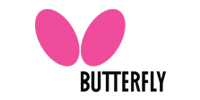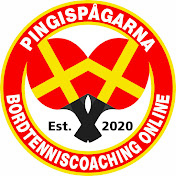January 18, 2016 - On Short Serves to the Forehand, Fake to the Forehand, Then Go Down the Line
Some players have difficulty with serves that go short to their forehand – it's awkward for them to reach over the table for those serves. However, there's a tradeoff – you get an angle into the server's wide forehand. This means that 1) you have more table (its 10.3 feet corner to corner crosscourt, vs. 9 feet down the line), 2) your opponent has more ground to cover on that wide forehand, and 3) you can move your opponent out of position by going to his wide forehand.
However, there's another option – fake crosscourt, but put the ball down the line. Often you don't even need to do this aggressively – just push or gently flip it down the line. What happens is that your opponent, knowing he has the wide forehand angle to cover, and also knowing that most players don't take the ball down the line as often, moves to cover that wide forehand angle. This leaves him open down the line – which is what you do. Surprisingly, if you flip, it's sometimes better to do this shot softly, so your opponent can't use your own speed to rebound your ball back, making up for his being out of position and unable to make a strong shot on his own. A soft down-the-line flip will often completely disarm the server. (If you push, a somewhat fast and quick off the bounce one is highly effective.)
But key to this is to fake going crosscourt. It's only at the last second that you should tip your racket tip back from the forearm or wrist, aiming it to the right (for a righty), and take it down the line. Your opponent will be out of position, possibly over-anticipating a shot to his forehand, and will likely have to move back to his backhand, where he'll play a backhand shot instead of his likely stronger forehand.
For lefties vs. righties, there's a similar dynamic – fake down the line, then go crosscourt into the backhand. It's just as effective. In both cases, you've completely taken his serve advantage away, and forced your opponent to play a moving backhand. What more can you ask?





